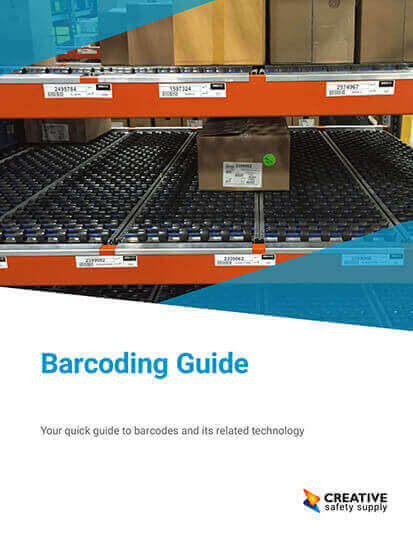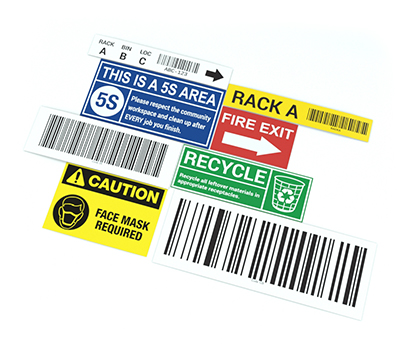
Generating Barcodes for products is an integral part of almost every business, tracking and inventory management efficient and streamlined. But have you ever wondered how barcodes are actually generated? Let's dive into the process.
Encoding Data: At its core, a barcode is a representation of data. This data could be a product code, serial number, or any other information relevant to the item. The first step is to encode this data into a format that a barcode scanner can understand.
Choosing a Barcode Format: There are various barcode formats like UPC, EAN, QR code, etc. Each has its own set of rules for encoding data. For instance, UPC-A barcodes are commonly used for retail products in the US and Canada.
Using Barcode Software: Barcode generating software takes the encoded data and converts it into a visual pattern of bars and spaces. These patterns are what the scanner reads to identify the item. Many online tools and software are available to create barcodes easily.
Assigning Numbers: For unique identification, each product needs a distinct number. This could be a Global Trade Item Number (GTIN) or an ISBN for books. These numbers are often provided by organizations like GS1.
It is at this point that the barcode is conceptually "created". The new generated set of numbers now gives unique value to whatever product or piece of merchandise you're doing it for.
Need barcodes?
Our free barcode generator allows you to create custom barcodes readable with any scanner.
Before you're ready to use the barcode, there are a few things that still need to happen. Let's take a look at some of the next steps in the process:
Calculating Check Digits: Check digits are used to ensure the accuracy of the barcode. They are a form of error detection, preventing incorrect scans due to damaged barcodes. Barcode generating software automatically calculates these check digits.
Generating the Barcode Image: Once the data is encoded, the software creates the visual representation of the barcode. This image can be printed on product labels, packaging, or displayed digitally.
Printing and Usage: To use barcodes in the real world, you need to print them on labels or packaging. Special printers are used for this purpose, and the size, material, and placement of the barcode are important considerations.
Testing and Verification: Before mass-producing products with barcodes, it's crucial to test and verify them. Barcode verification tools ensure that the printed barcode can be accurately scanned by various types of barcode scanners.
Integration with Systems: Barcodes are often used in conjunction with inventory management and point-of-sale systems. When a barcode is scanned, the encoded data is instantly retrieved and processed by these systems.
In conclusion, barcodes are generated through a series of steps that involve encoding data, choosing a format, using software, assigning unique numbers, calculating check digits, generating the image, printing, testing, and integration with various systems. This process ensures that barcodes effectively streamline operations across industries, from retail to healthcare, and beyond.
Similar Questions
- How to Generate Barcodes in Excel?
- What happens when a Barcode is scanned?
- How do barcodes work?
- How to Generate a Product Barcode?
- How do I Generate a Barcode from a Number?
- How do I Verify a Barcode?
- Can Microsoft Word Generate Barcodes?
- How to Generate a Data Matrix Barcode?
- How many different Barcode combinations are there?
Additional Resources
- A Complete Guide to QR Codes
- Barcode Labeling
- Creating an Effective Warehouse Storage Numbering System with Barcodes
- MIL-STD-129: Military Marking for Shipment and Storage
- Warehouse Management (Supply Chain Systems + Visual Management)
Similar Questions
- How to Generate Barcodes in Excel?
- What happens when a Barcode is scanned?
- How do barcodes work?
- How to Generate a Product Barcode?
- How do I Generate a Barcode from a Number?
- How do I Verify a Barcode?
- Can Microsoft Word Generate Barcodes?
- How to Generate a Data Matrix Barcode?
- How many different Barcode combinations are there?


